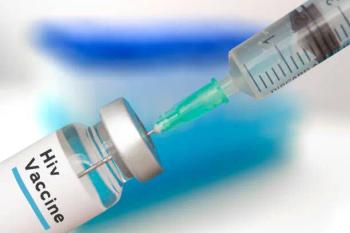
Multimonth dispensing recipients show a notable decrease in discontinuation rates, highlighting its potential to improve long-term treatment adherence and retention in HIV care programs.

Multimonth dispensing recipients show a notable decrease in discontinuation rates, highlighting its potential to improve long-term treatment adherence and retention in HIV care programs.

The antiviral began its development as a multidrug-resistant therapy for people with HIV, and has since been studied as PrEP intervention, with many now calling for it to be made widely available for mass distribution.

The largest head-to-head randomized clinical trial confirms results and also shows the 2-therapy regimen led to less weight gain.

While the SCORPIO-HR phase 3 trial did not meet its primary endpoint of sustained symptom resolution, ensitrelvir showed promising results in reducing symptom duration and preventing viral rebound.

A pilot study looked at offering this form of pre-exposure prophylaxis (PrEP) to a select population to see if it could be effective in preventing sexually transmitted infections (STIs).
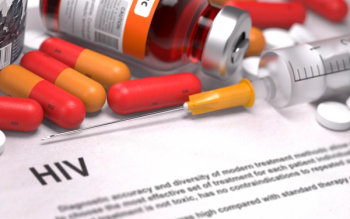
The twice-yearly injectable shown to be beneficial in conjunction with an optimized background regimen.
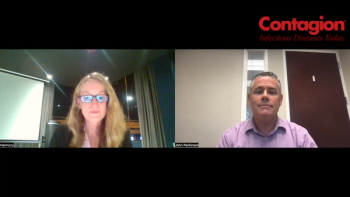
A new study being presented at the ongoing IAS conference showed that people with HIV found the injectable therapy, Cabotegravir plus long-acting Rilpivirine (Cabenuva) is more conducive to today’s lifestyles, reduced stigma, and improved adherence.

A new study shows the use of statin therapy in a primary prevention cohort of patients with HIV on antiretroviral therapy was associated with a 35% reduction in risk of cardiovascular events. The data is being reported at the International AIDS Society Conference.

New study demonstrates benefit of adhering to treatment regimen and also calls for simplifying viral testing in other parts of the world where updated panels technology may not be available.

Expanding Medicaid and reducing stigma can bolster equitable HIV PrEP access, Dr. Patrick Sullivan says.

At AIDS 2022, Gilead presented data suggesting Biktarvy was a safe and effective complete HIV treatment regimen, including for those coinfected with hepatitis B.

After 5 years of treatment, fostemsavir improved immunologic response and virologic outcome in patients with highly resistant HIV infection.
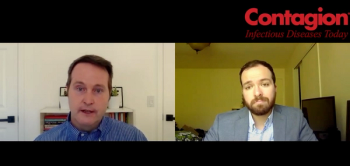
Why it's critical for the future of HIV prevention for programs like the California PrEP-AP to reach younger at-risk persons now.
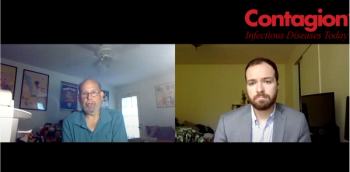
How a sexually-transmitted virus is hindered by limited marketing, and how its stigmas compare to those developing around COVID-19.
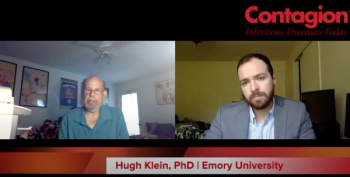
Why men who have sex with men face social hurdles in seeking PrEP and preventive education.
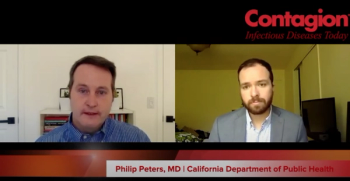
How regional-based data and advancing preventive options could bolster individual HIV-risk care access.

Findings were announced during the special COVID-19 sessions of the virtual 23rd International AIDS Conference.
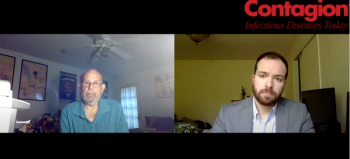
A study looking at PrEP population obstacles shows men who have sex with men are more likely to not seek out information nor access to prophylaxis.

Dr. Marc Pitasi, epidemiologist, discusses facilitators of routine HIV screening among primary care physicians.

A small study shows a majority of HIV patients open to both starting ART and follow-up telehealth appointments.
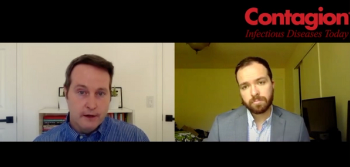
A discussion around new data presented at AIDS 2020 which shows statewide strategies are breaking down barriers.

Investigators in Tanzania trialed modest, automated financial incentives for clinic attendance on viral suppression for patients initiating ART.

In a large study, an examination of patterns of use.

In developing countries with overcrowded hospitals, community pharmacies can relive burden, help HIV patients.

Uncovering interesting findings regarding patients' PrEP regimen.
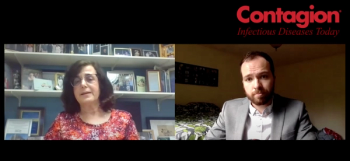
How much does the current virus crisis share in common with early HIV outbreak scare?

Time interval goes down by 3 months in 3 year period.

Investigators compared characteristics and retention between daily and event-driven PrEP patients to better understand low uptake of event-driven PrEP.

Experts assessed the impact of drug overdoses on people living with HIV in British Columbia, identifying factors associated with mortality using competing risk methodology.

People with HIV are living longer than ever at present time, raising quality of life concerns about later stage medical and psychological challenges comorbidities.